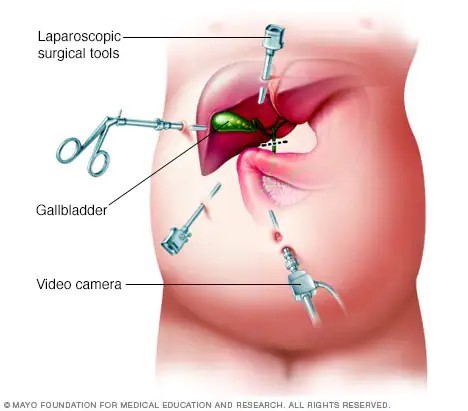A nurse is reviewing the medical record for a child who is scheduled to receive a varicella immunization. Which of the following findings in the client's record should the nurse recognize as a contraindication?
Chemotherapy treatments
Medications for a cardiac anomaly
Clear rhinorrhea
Two diarrhea stools in the last day
The Correct Answer is A
Chemotherapy treatments, which are used to treat cancer, can suppress the immune system and weaken the body's ability to respond to vaccines. As a result, receiving a live attenuated vaccine like the varicella immunization can pose a risk of severe complications for individuals undergoing chemotherapy. Therefore, it is contraindicated to administer the varicella vaccine in this case.
Medications for a cardiac anomaly, clear rhinorrhea, and two diarrhea stools in the last day are not contraindications for receiving a varicella immunization.
While medications for a cardiac anomaly and certain medical conditions may require special consideration or precautions when administering vaccines, they are not absolute contraindications for the varicella vaccine. The decision to administer the vaccine would depend on the individual's specific circumstances and the healthcare provider's assessment. Clear rhinorrhea (runny nose) and two diarrhea stools in the last day are considered minor illnesses and do not contraindicate the varicella vaccine. Generally, mild illnesses without fever or systemic symptoms do not pose a significant risk when receiving vaccines. However, it is always important to assess the overall health status of the individual and consult with a healthcare provider if there are concerns.
Nursing Test Bank
Naxlex Comprehensive Predictor Exams
Related Questions
Correct Answer is D
Explanation
After a laparoscopic cholecystectomy, steri-strips or adhesive strips are commonly placed over the small incisions. The client should keep the steri-strips in place until they fall off on their own or until they are removed by the healthcare provider during a follow-up visit. Removing the steri-strips prematurely can increase the risk of infection or disrupt the healing process.
"I should eat a high-fat diet for several weeks": After a laparoscopic cholecystectomy, it is important for the client to follow a low-fat diet initially to allow the body time to adjust to the absence of the gallbladder. High-fat foods can be more difficult to digest and may cause digestive discomfort. Gradually introducing small amounts of fat back into the diet is recommended, but a high-fat diet is not appropriate.
"I should expect to have diarrhea until my diet changes": While changes in bowel movements can occur after a cholecystectomy, such as looser stools or changes in frequency, persistent diarrhea is not expected or normal. If the client experiences persistent diarrhea, they should contact their healthcare provider for further evaluation.
"I should expect to have nausea for several days": While some clients may experience mild nausea or discomfort after the surgery, it should generally improve within a few days. If the client experiences persistent or severe nausea, they should contact their healthcare provider.

Correct Answer is C
Explanation
Overhearing a discussion about a client's private information is a breach of confidentiality, and it is the nurse's responsibility to address the situation promptly.
While documenting the event in the client's progress notes might be necessary in some cases, it is not the initial action to take in this scenario. Similarly, submitting an incident report to the risk manager may be required for documentation purposes, but it is not the immediate action to address the breach of confidentiality.
Informing the client of the APs' actions may not be necessary unless there is evidence that the client's privacy has been compromised or if the client specifically requests to know. However, the priority is to address the issue of the conversation between the APs and ensure that confidentiality is maintained.
Whether you are a student looking to ace your exams or a practicing nurse seeking to enhance your expertise , our nursing education contents will empower you with the confidence and competence to make a difference in the lives of patients and become a respected leader in the healthcare field.
Visit Naxlex, invest in your future and unlock endless possibilities with our unparalleled nursing education contents today
Report Wrong Answer on the Current Question
Do you disagree with the answer? If yes, what is your expected answer? Explain.
Kindly be descriptive with the issue you are facing.
